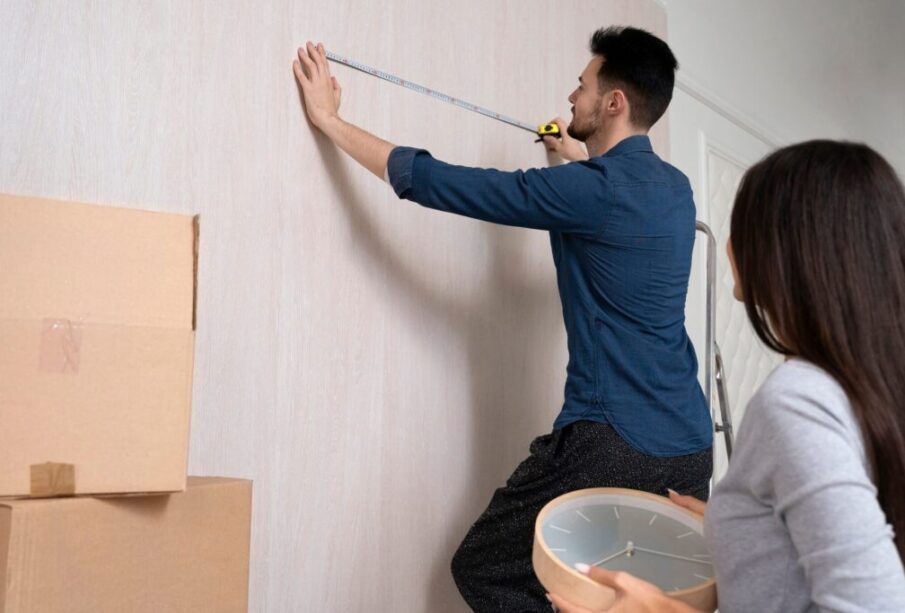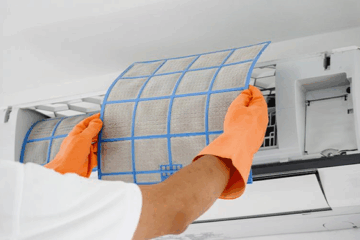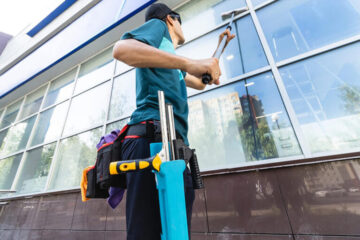HOW TO MOVE WITHOUT DAMAGING YOUR FLOORS OR WALLS

Moving to your new home is exciting. But it comes with its fair share of mishaps. Among the most neglected aspects of the process is the breakage that may occur in your home. When you are dragging heavy furniture and boxes around, scuffed floors, scratched walls, and banged-up doorframes are just too likely.
However, a few precautions and smart maneuvers will protect your space. Here are some tips for you:
Apply floor protection early on
Floors are subject to damage during a move. Even without an extensive move, a single wrong step will leave its mark. Busy places such as hallways and entrances are the most affected.
Consider the following to protect your floor:
- Place furniture covers or drop cloths in the major traffic areas.
- Use cardboard sheets or ram board for tile or hardwood.
- Place plastic film or rug runners over carpet floors.
- Avoid dragging anything. Just lift and carry.
Use corner guards on the walls
You never realize how easy it is to hit the corner of a wall and scuff or dent it when trying to position a couch or a mattress. The walls and door frames are normally the first casualties when taking tight turns and navigating narrow corridors.
Here is what you can do:
- Use corner protectors. They are cheap and reusable.
- Cover big furniture units with blankets or bubble wrap.
- Remove furniture legs or handles that may tear up the walls when passing.
Professional movers, like the experienced team at Molloy Moving, know how to navigate tight spaces without leaving a trail of dents or scuffs. It’s not luck. It’s a mix of strategy, training, and the kind of experience that only comes from doing it every day.
Take things apart when you can
The smaller your furniture, the fewer chances of breakage. Large objects are not very easy to move around, and they easily hit other objects. If possible, do the following:
- Disassemble bed frames, dining tables, and bookshelves.
- Consider taking out drawers and doors in large cabinets.
It might be time-consuming at first. However, it will protect your walls and floors.
Wrap everything
Your nightstand or coffee table may not be something you think needs padding, but the corners are sharp enough to do some serious harm to you and your house. Even the furniture itself is prone to damage. So, wrap up any furniture, particularly corners and edges, glass pieces, and appliances.
Use stretch wrap, furniture pads, and moving blankets all you can. You will save nicks, chips, and dings on either end of your move.
Hire the professionals
Honestly speaking, relocating is both physically and psychologically demanding. DIY may save money in the short term, but it may also turn out to be expensive in terms of repairs if things get damaged. Hiring the services of professional movers cuts down the risk, worry, and a great deal of damage to your house.
When you hire professional crews, they come with proper tools, supplies, and methods of safeguarding your area, as they have done so many times before.
Final words
Being a bit more careful in your move can go a long way. However, when you just want to avoid the hassle and the damage, consider handing it over to the professionals.









